There can be your advertisement
300x150
10 mistakes of a freelance designer: what not to do
More and more interior designers are going freelance: of course, it's convenient to independently choose projects for work, plan your schedule and depend only on yourself.
But every activity has its pitfalls. We asked designer Pavel Gerasimov to share his experience and warn beginning freelance designers of common mistakes.
Pavel Gerasimov — expert, designer and co-founder of Geometrium studio
Don't grab everything at once
A common mistake among freelancers is that they, wanting to earn and build a portfolio, take on everything the market offers.
As a result, the final outcome looks like a sad picture of "Expectation vs Reality": such work can't be added to your portfolio, and the client is unlikely to recommend you to friends. Therefore, first define your style and develop expertise in it.
Don't overrate your expertise
In other words: don't attribute to yourself experience and qualities you don't possess. Even if it helps attract clients at the initial stage, deception quickly reveals itself on site.
Thinking "Well, I'll figure it out along the way!" means condemning yourself to failure and mistakes.
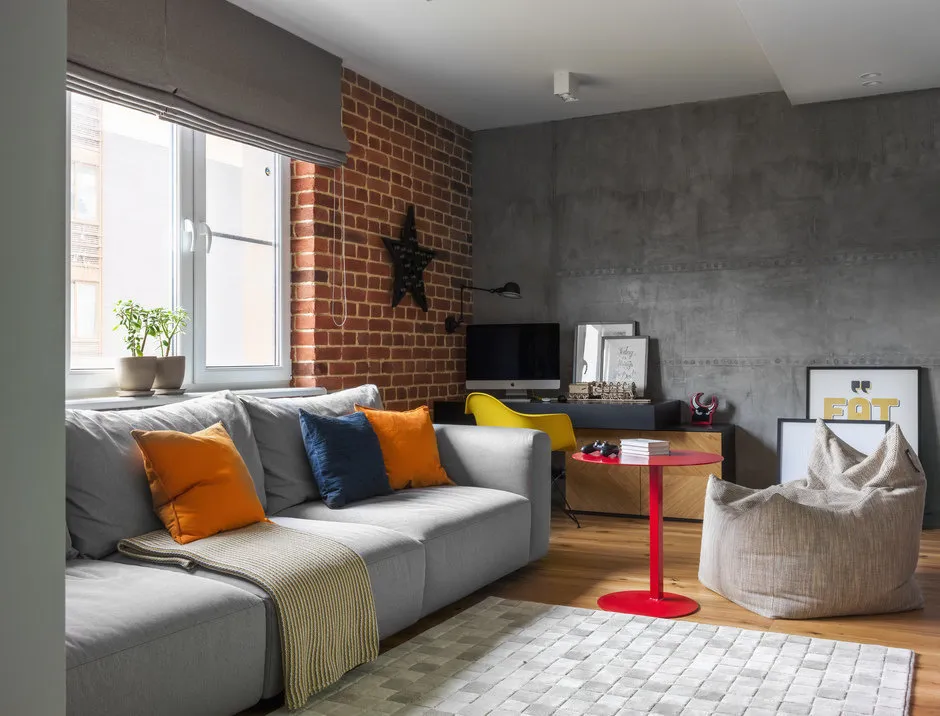
Design: Geometrium
Don't stop at what you've achieved
If you're a beginner in interior design, you simply need practice to achieve great results and increase the value of your services.
If you already have some experience, don't miss the chance to improve your knowledge — for example, during an internship at a large design studio.

Design: Geometrium
Don't live only by work
The reality is that many freelance designers work 20 hours a day without rest and weekends. Nothing good comes from this except burnout.
Besides creativity, you must work with clients and maintain documentation — without energy it’s hard to keep up. Moreover, designers need to develop: go to the cinema, theater, professional exhibitions and read — make time for leisure.
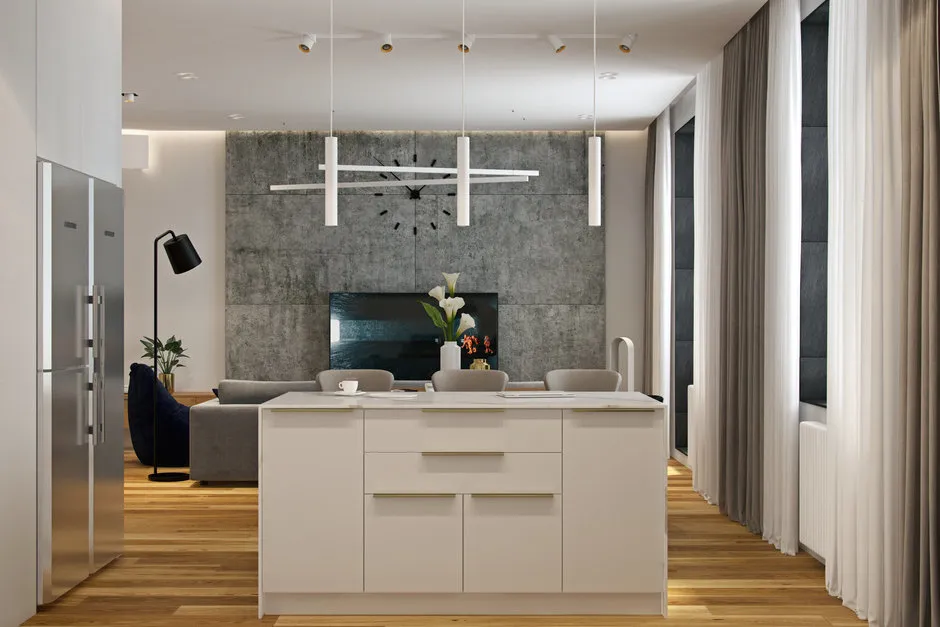
Design: Geometrium
Don't take projects you don't love
When a designer takes on a project not because they want to make it beautiful and help people arrange their dream home, but only for money, it shows.
There's no engagement in the project, inspiration or interesting ideas: you don't enjoy the process, and the client sees mediocre work.
Don't stay silent when the client is wrong
This isn’t taught in college or even design courses. Communication with clients is a tricky science: the rule "Client is always right" doesn’t apply here.
If a client wants to do something that will clearly ruin their apartment, you can’t stay silent. You are a professional: it’s important to make the client understand that not all their ideas are genius.
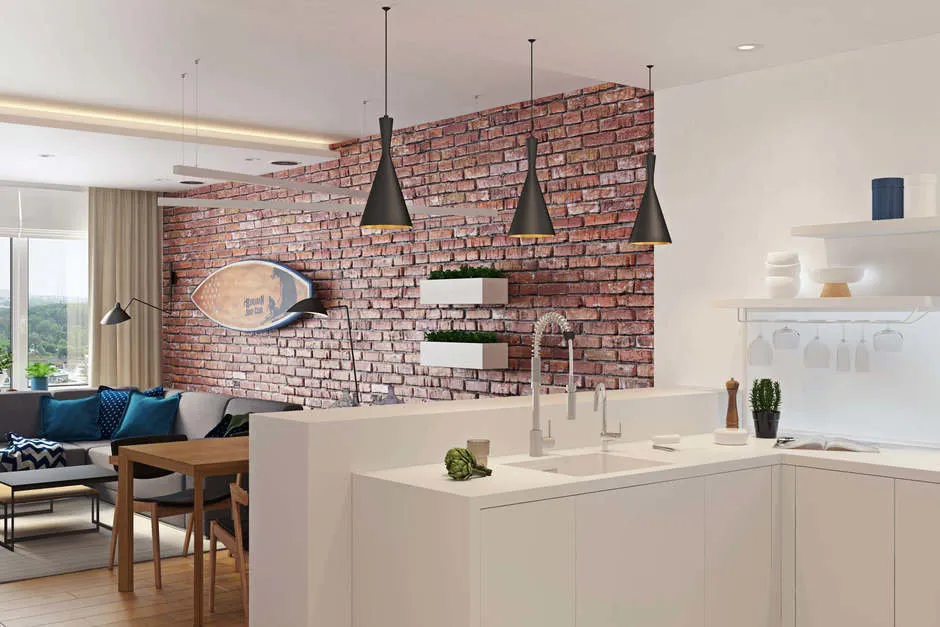
Design: Geometrium
Don't work with clients who have different values
If you want to design stylishly and ergonomically, but the client expects a style of "expensive-rich," it's better to suggest the client contact another specialist.
If you want to do quality work, but the client asks for cheaper and faster, don't take the project. Because later, responsibility for speed will still be on you, and such a rushed project won't look good in your portfolio.
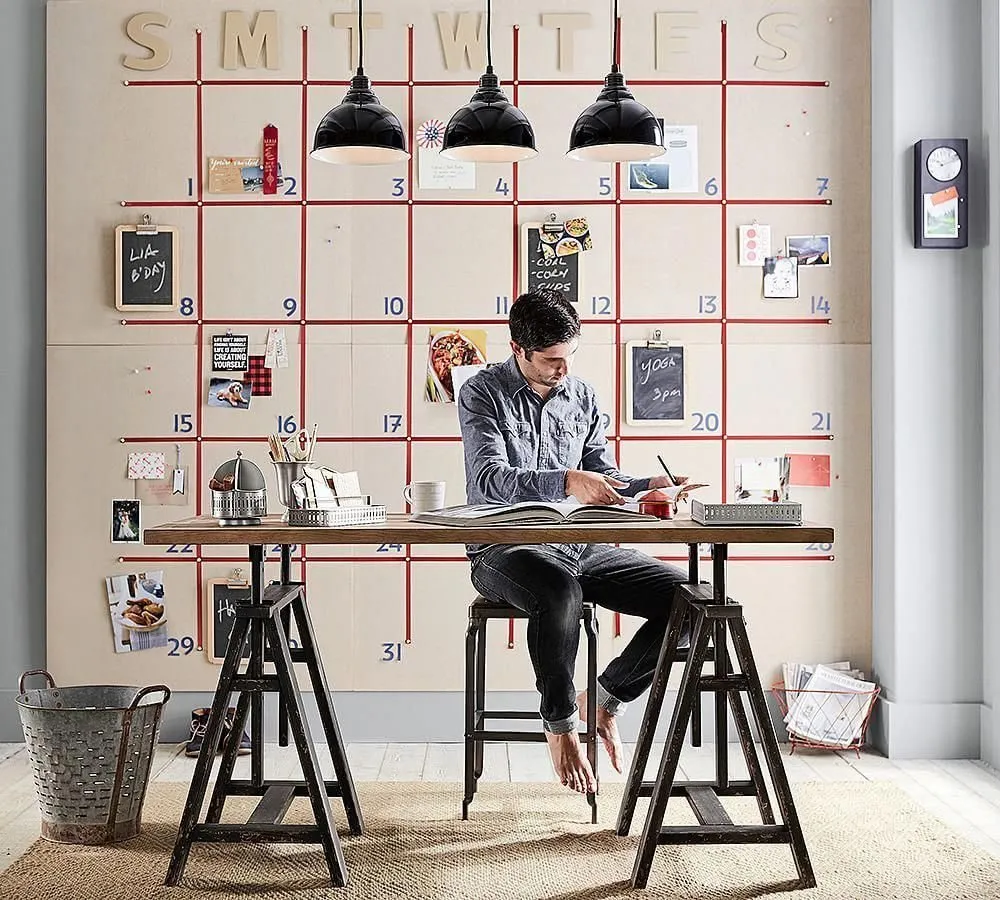
Design: Geometrium
Don't overcharge or undercharge
Don’t set prices much higher than what they actually cost. Even wealthy clients expect the price to match the quality of interior design.
The same applies to underpriced services. If you set the lowest market price in pursuit of a client, first, they will look for a trick, and second, lack of financial motivation will affect the quality of your work.
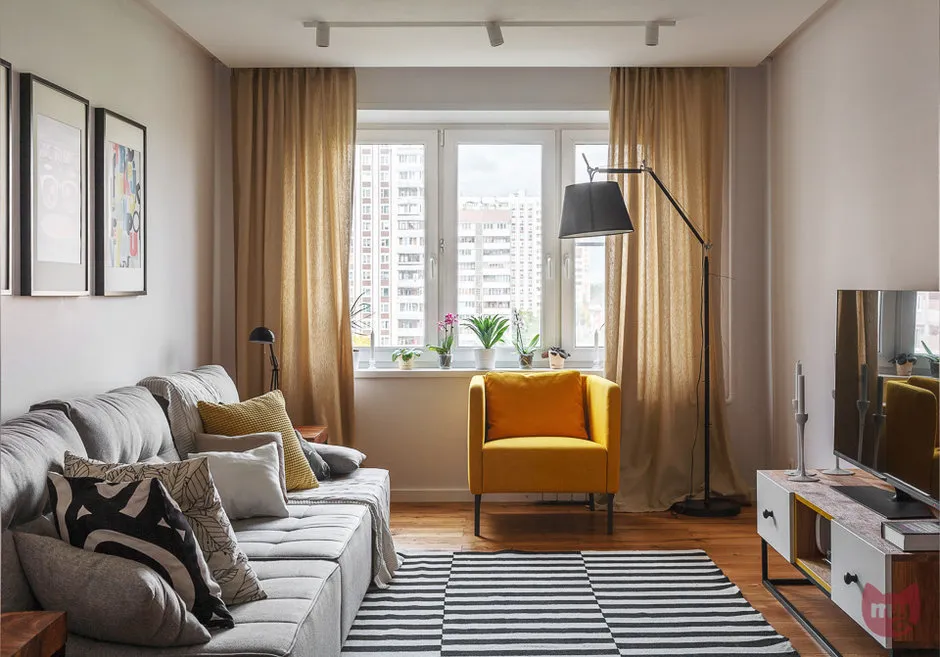
Design: Geometrium
Don't argue with partners and suppliers
Good material suppliers and quality custom furniture manufacturers are worth their weight in gold. Building a good relationship with them is a strategic decision, because you can offer your clients only the best at favorable prices.
Don't cut corners on quality
Even if the client insists on saving money, there are things you can't compromise on. For example, furniture — it lasts for years. Or finishing materials — you don’t want to replace them in a year. It’s your responsibility to make not only something beautiful but also durable.
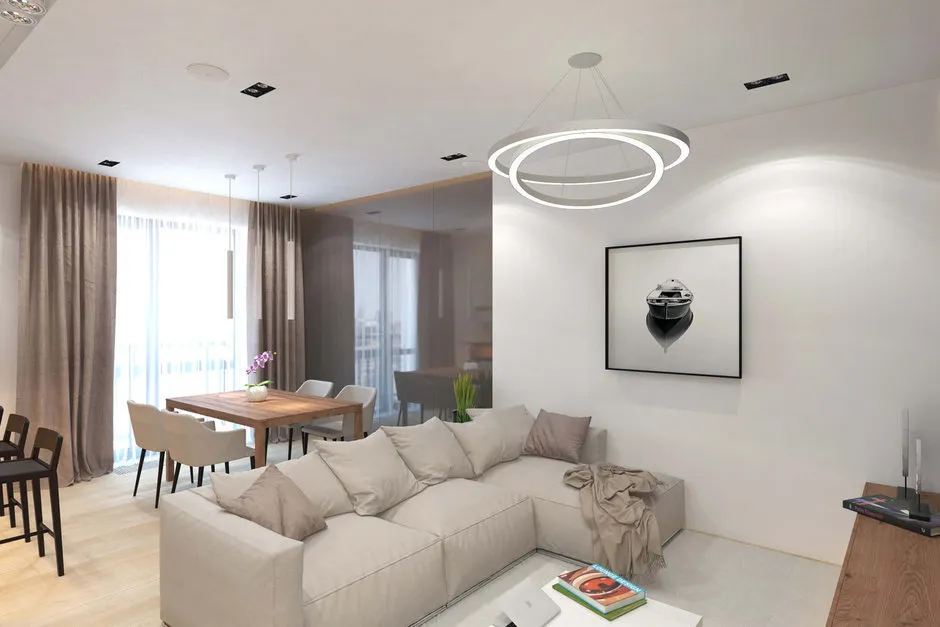
Design: Geometrium
More articles:
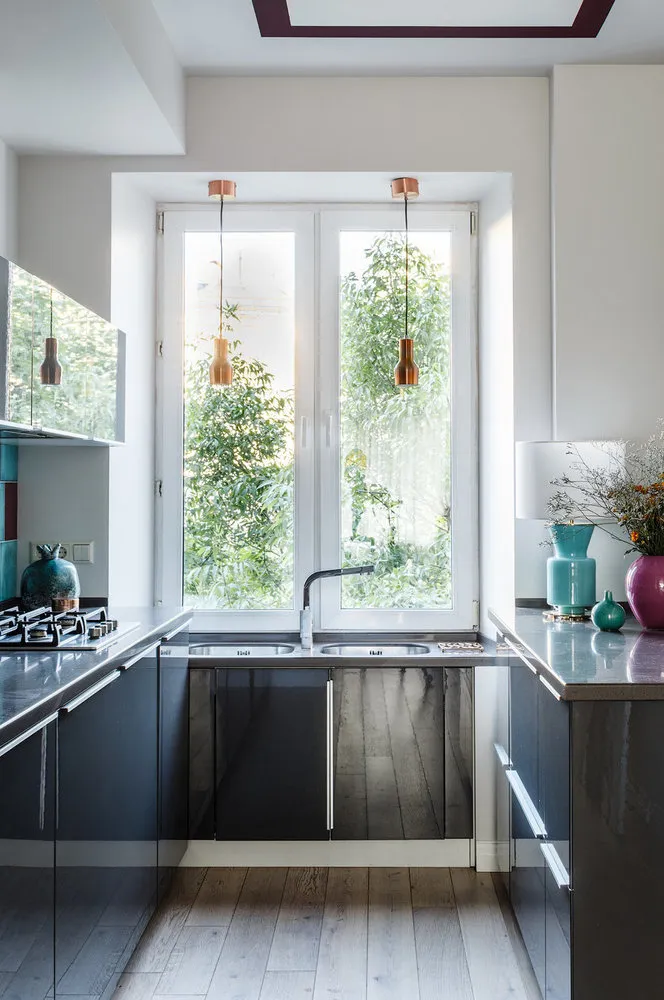 7 Best Design Solutions from July Projects
7 Best Design Solutions from July Projects How to Choose a Construction Crew? A Professional Answers
How to Choose a Construction Crew? A Professional Answers How to Paint Walls in an Apartment Quickly for the Weekend
How to Paint Walls in an Apartment Quickly for the Weekend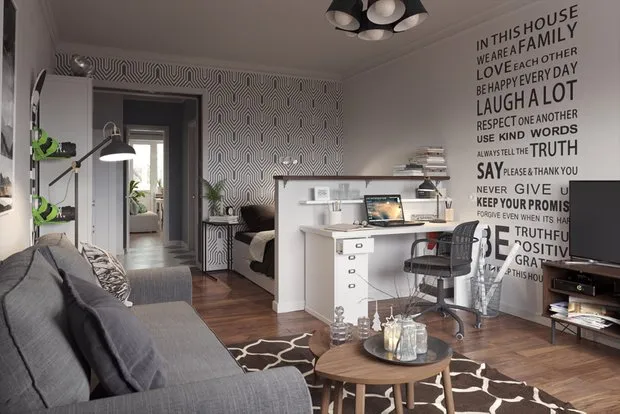 How to Properly Hang Wallpaper: 6 Tips
How to Properly Hang Wallpaper: 6 Tips «Archstant-2018»: Three Events You Couldn't Miss
«Archstant-2018»: Three Events You Couldn't Miss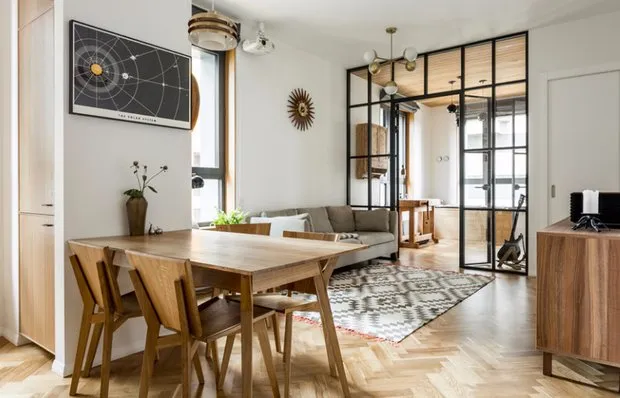 How to Make Two Rooms from One: 7 Examples
How to Make Two Rooms from One: 7 Examples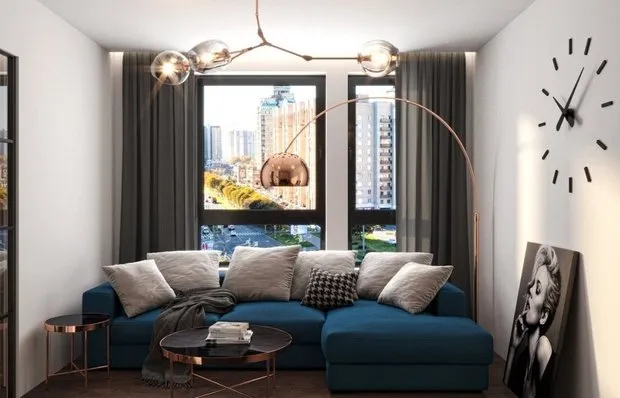 7 mistakes in living room lighting
7 mistakes in living room lighting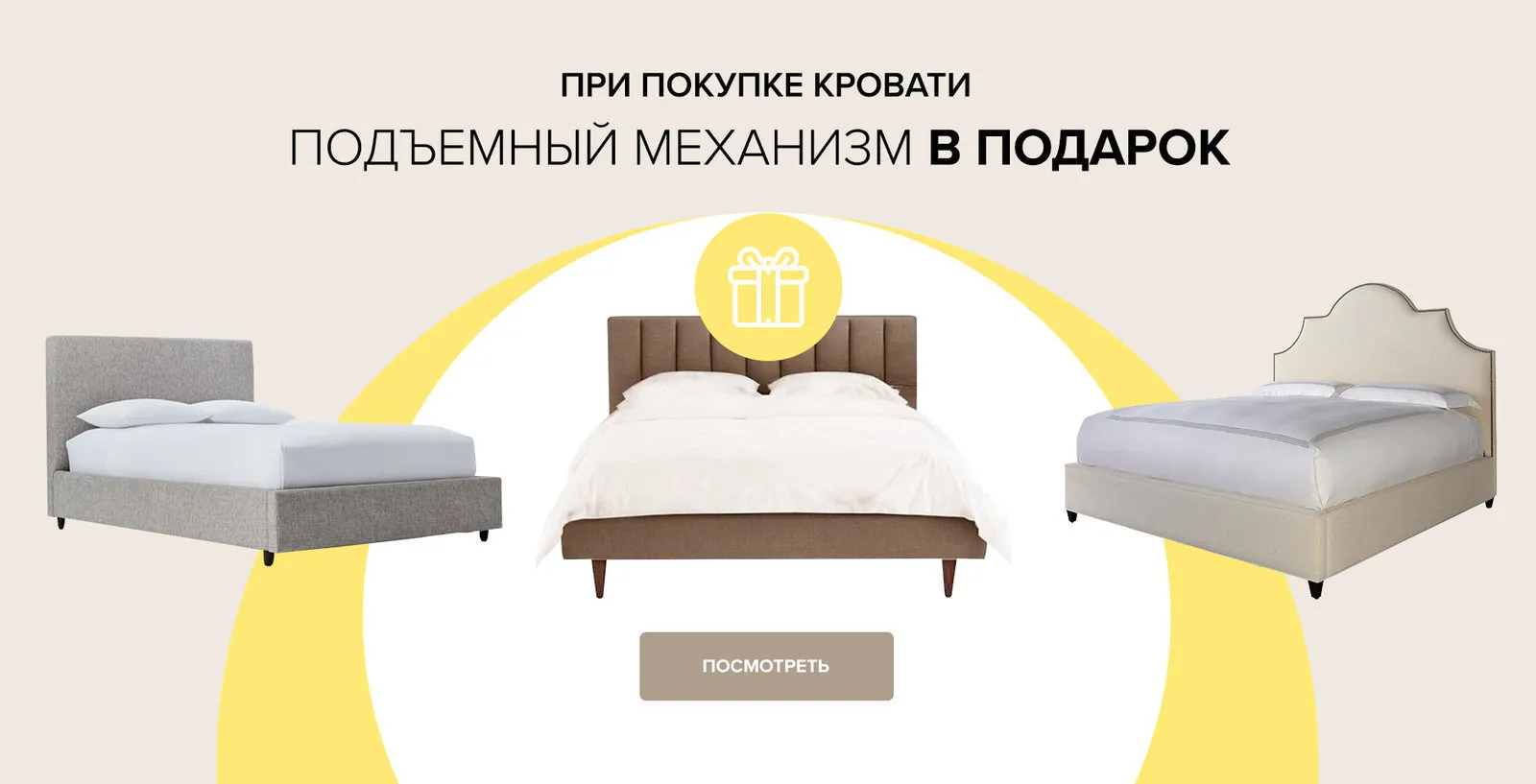 Season Ending: Only 3 Days Left for the Best Deals
Season Ending: Only 3 Days Left for the Best Deals